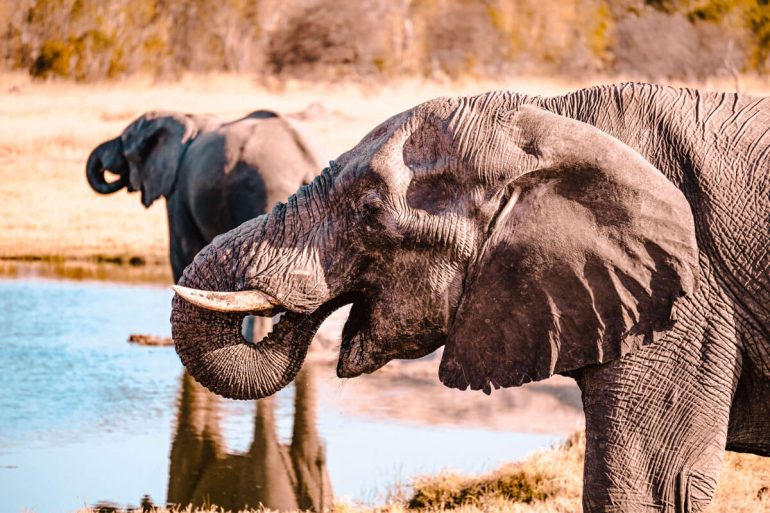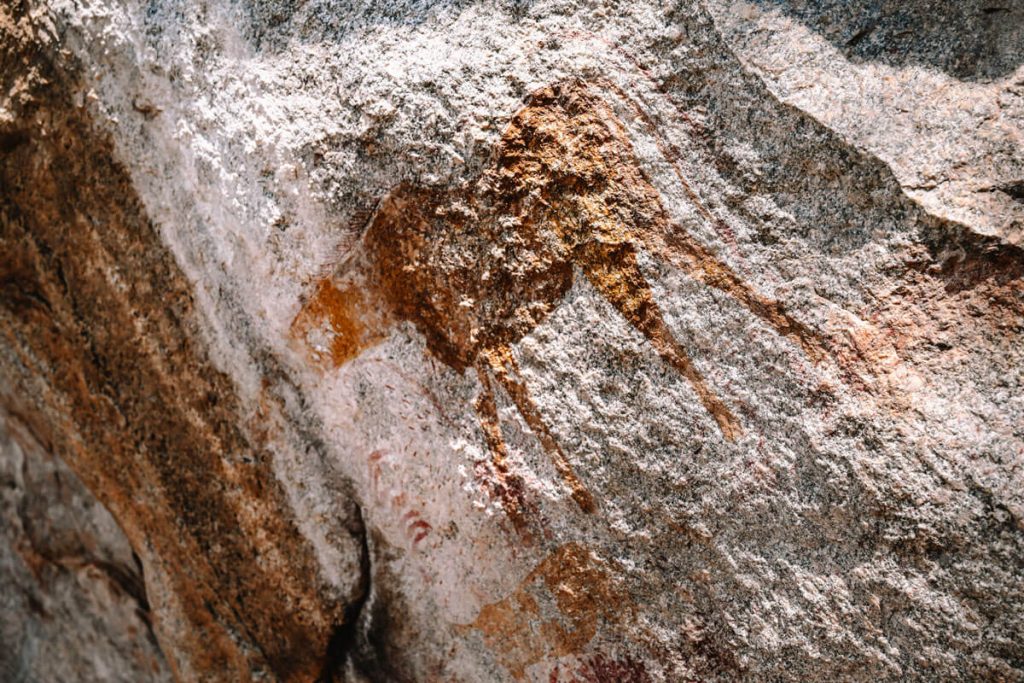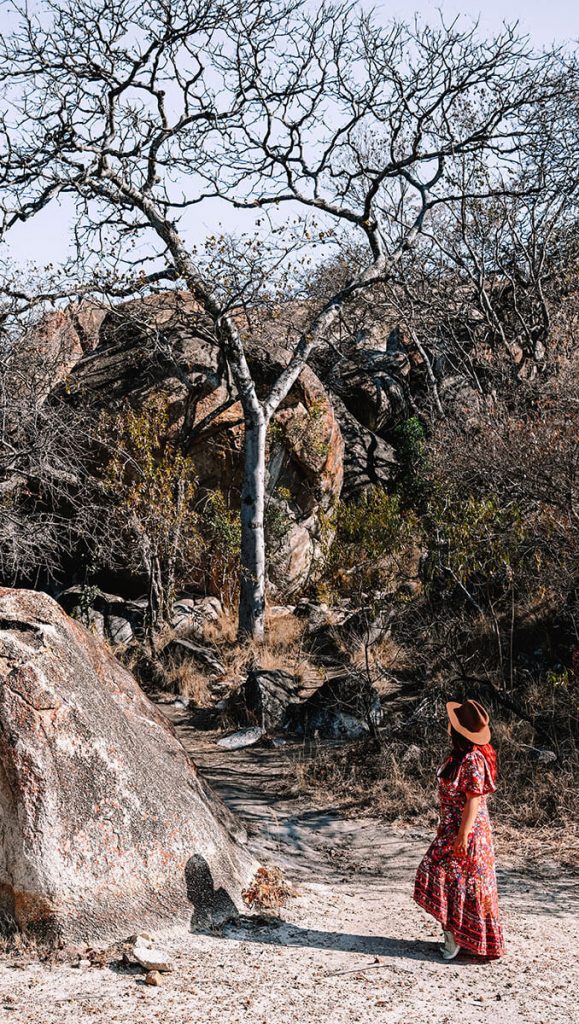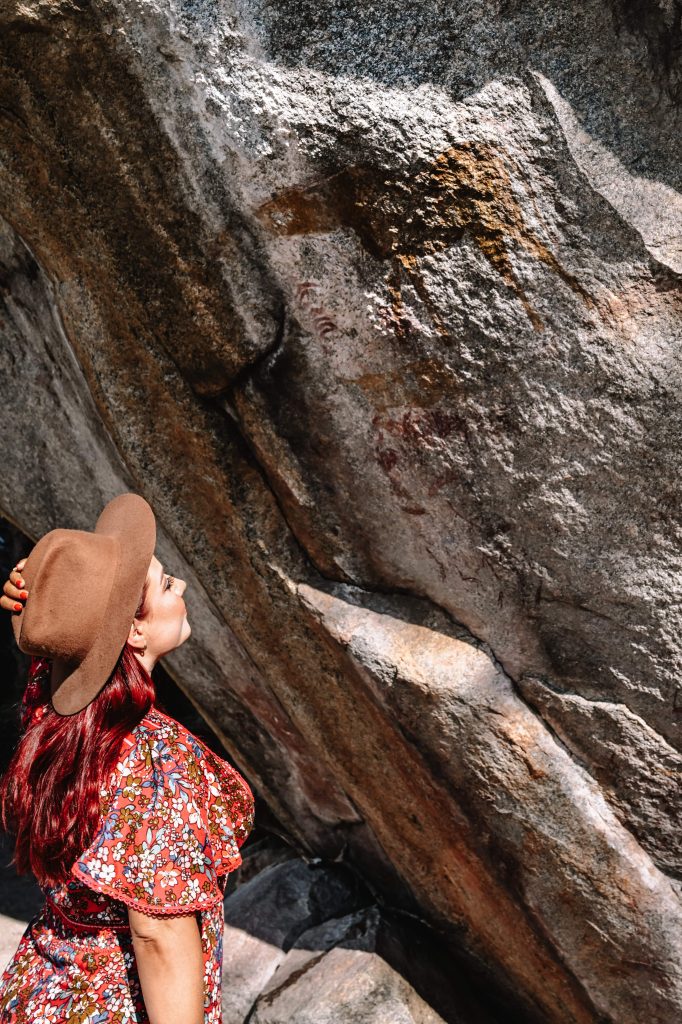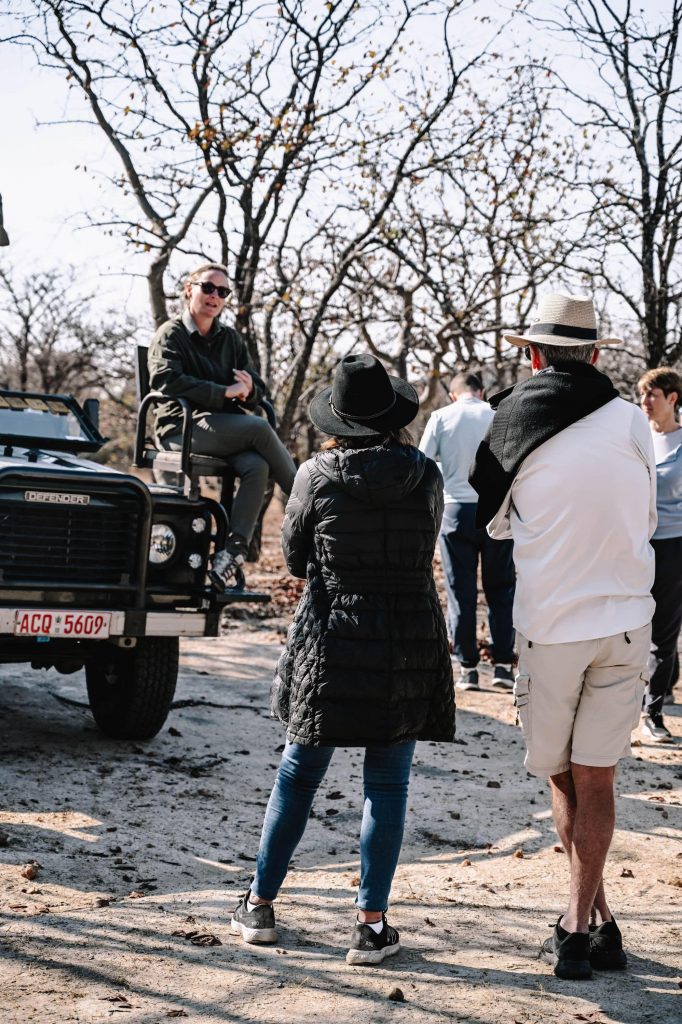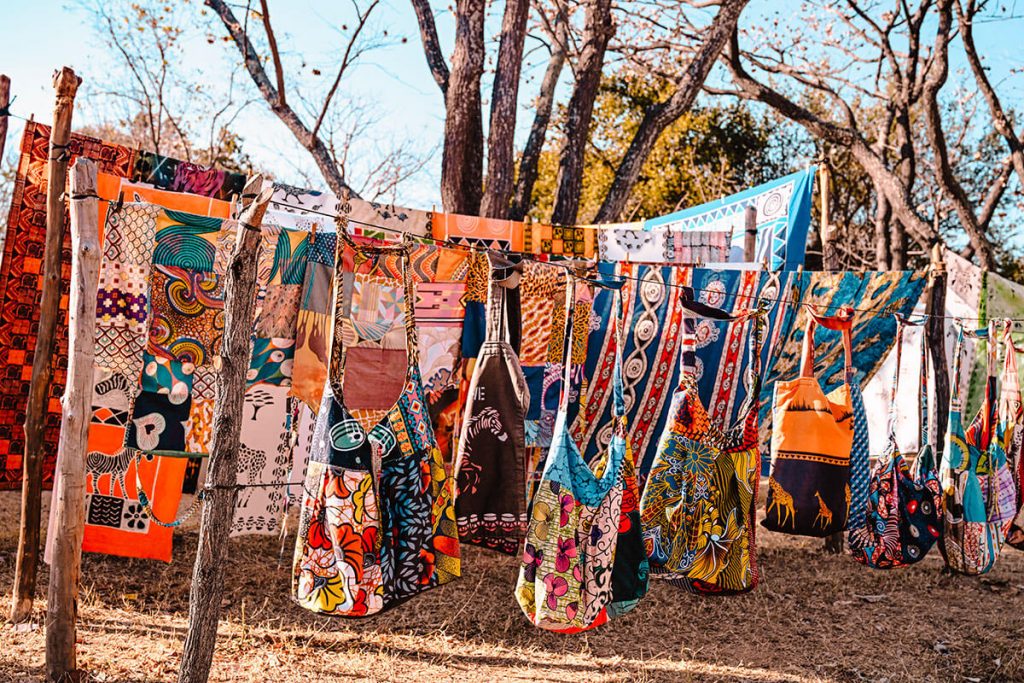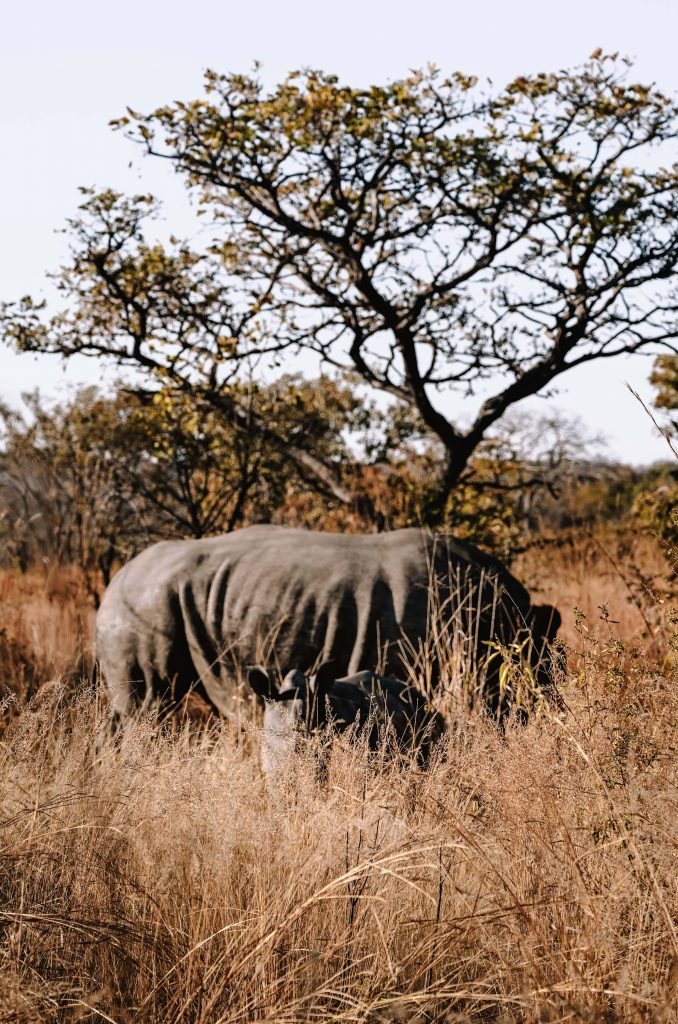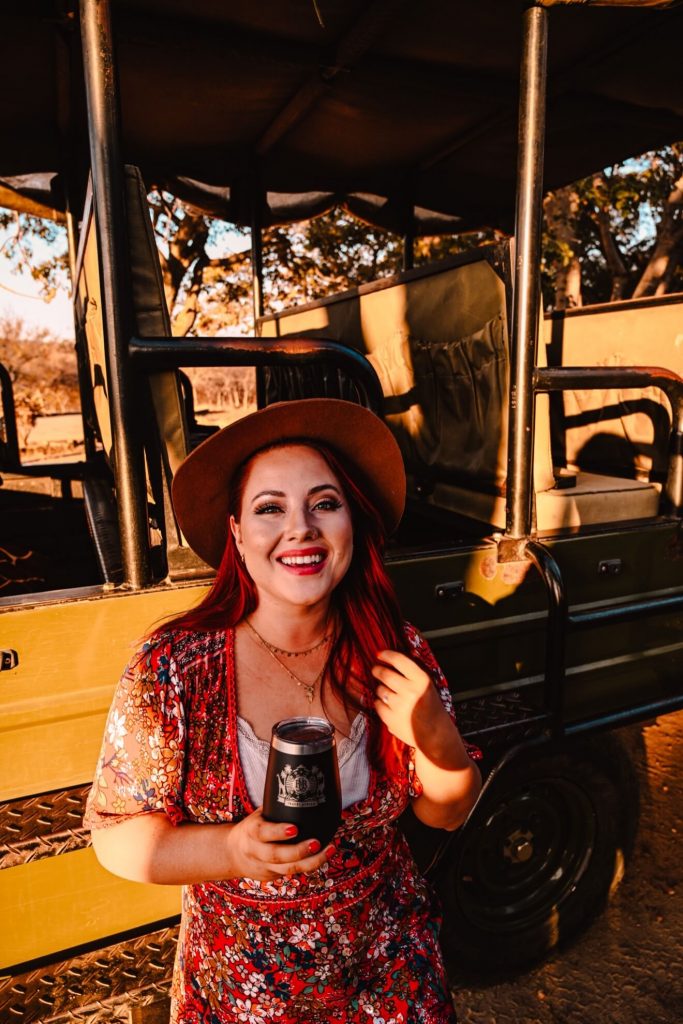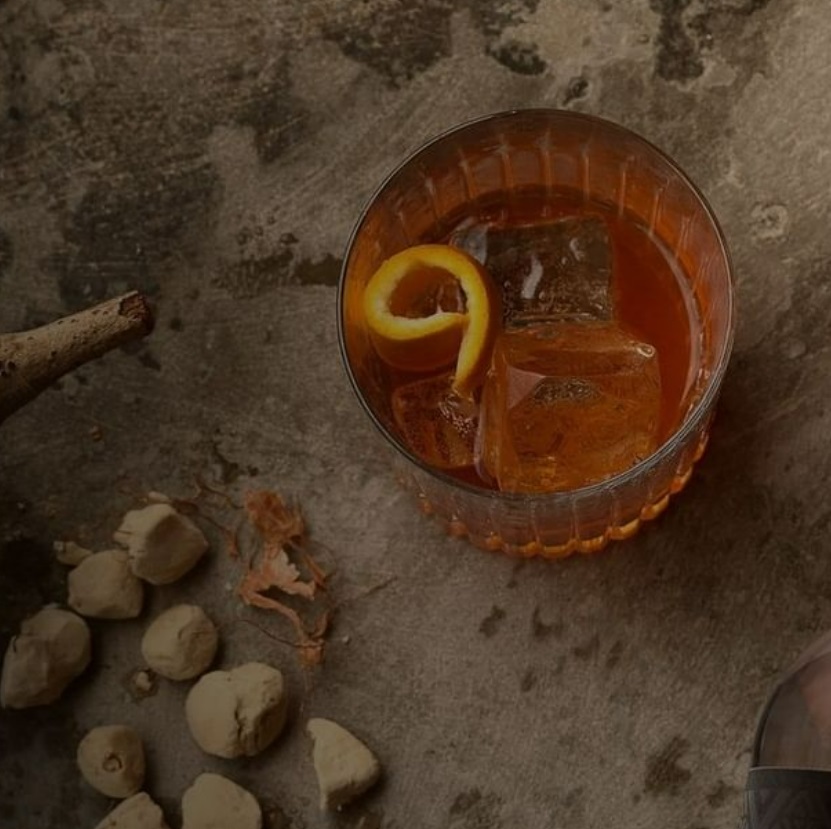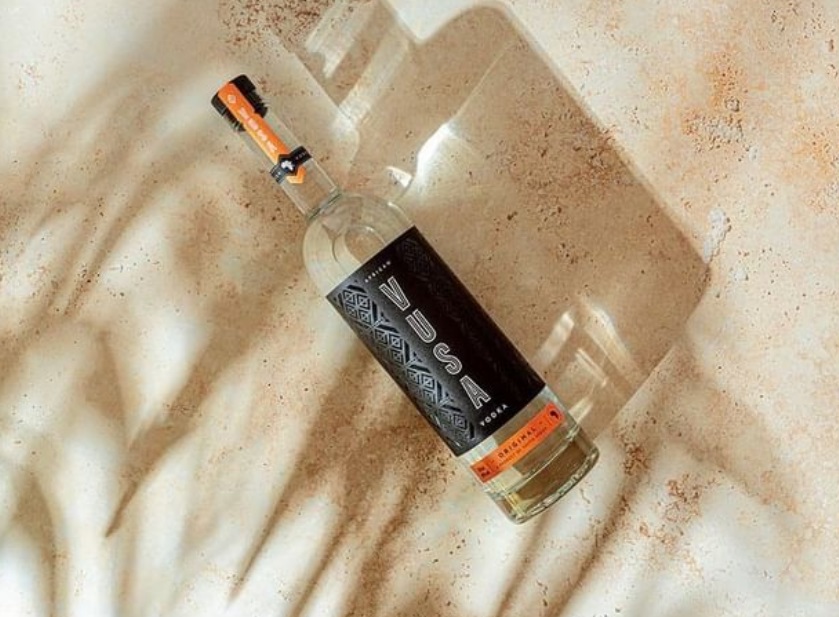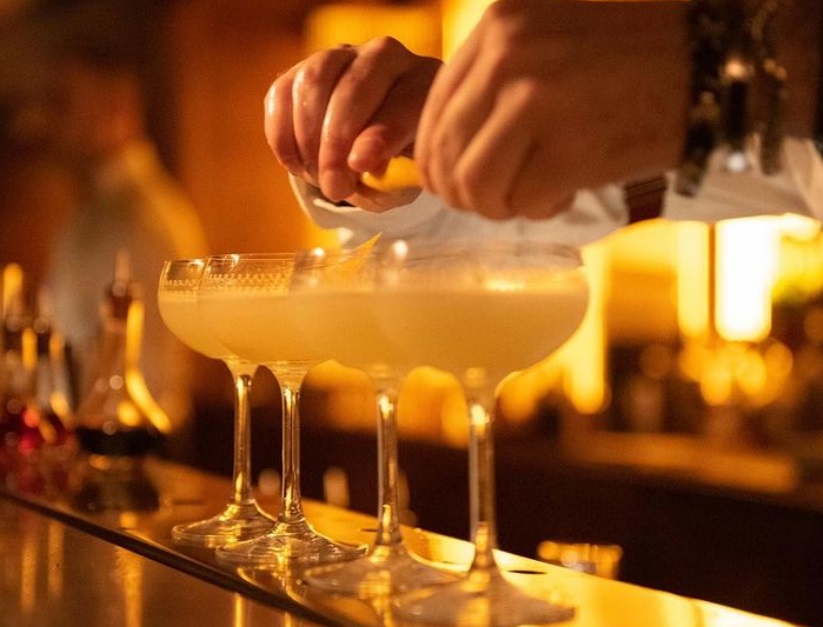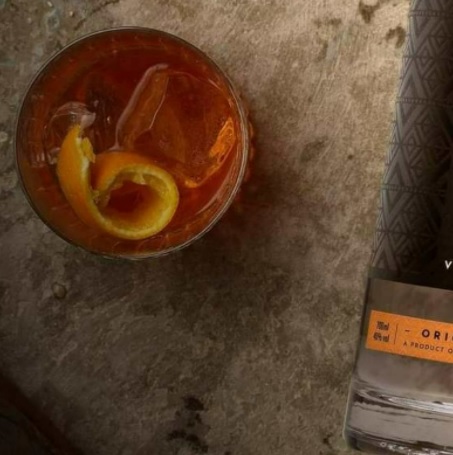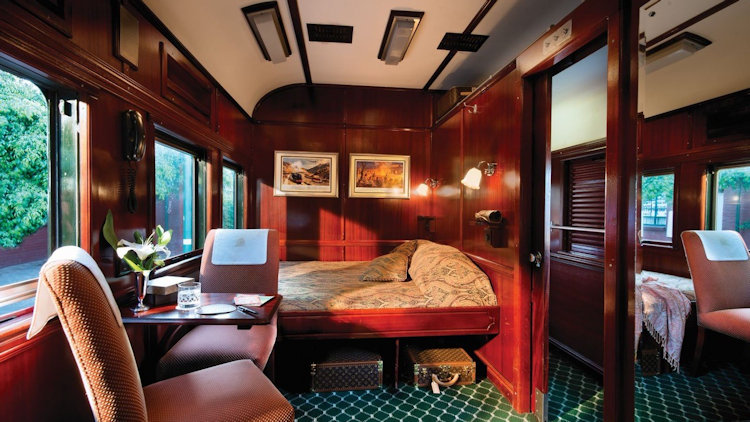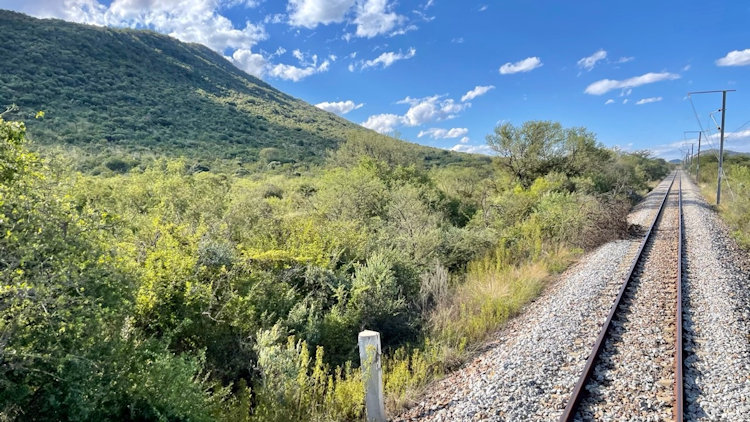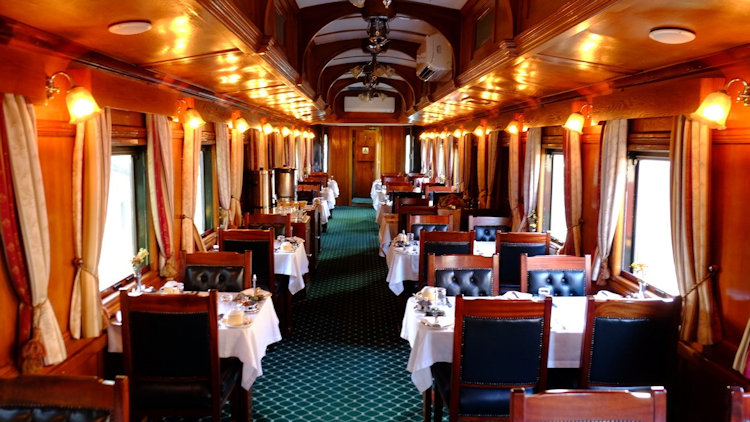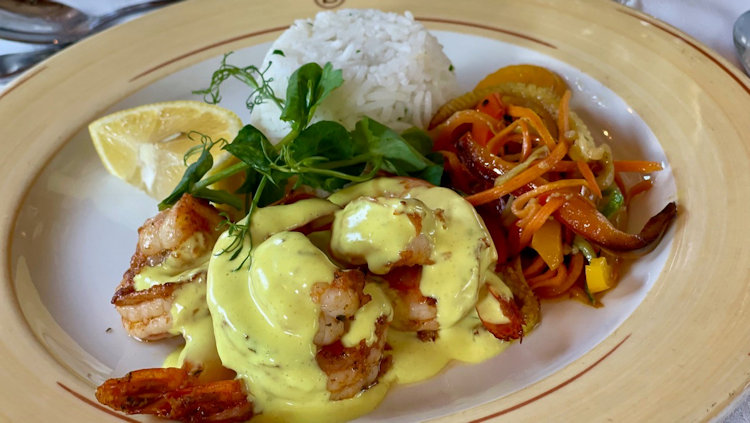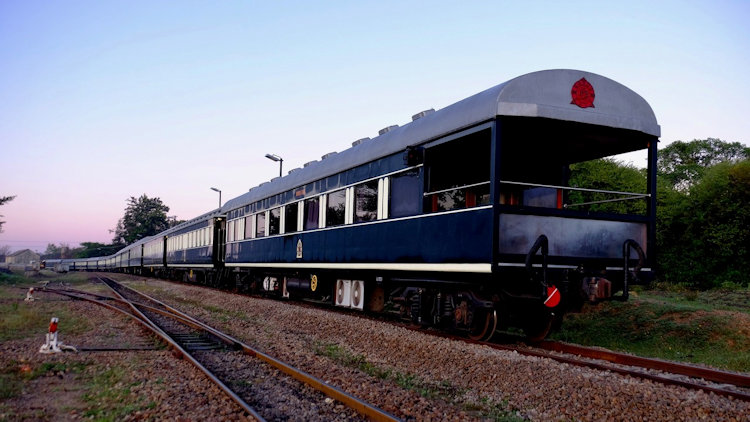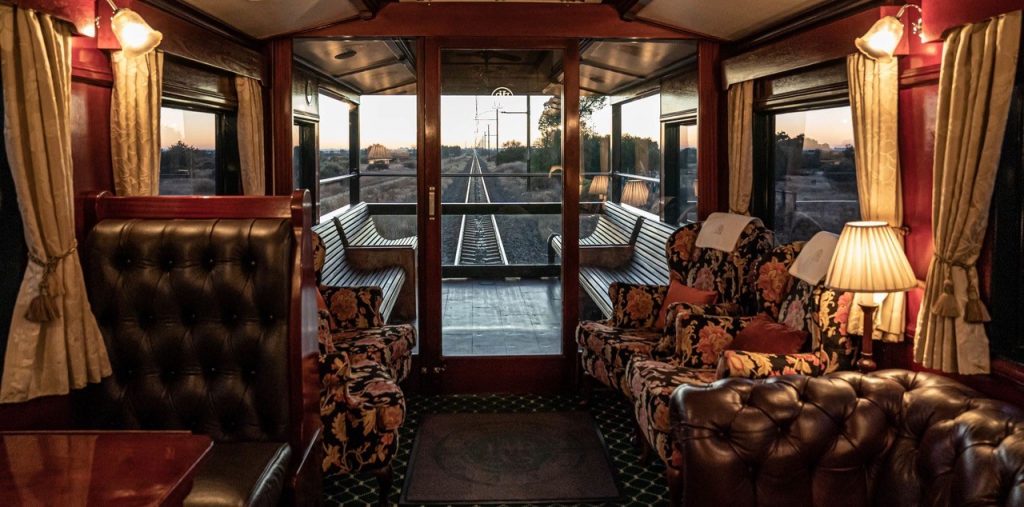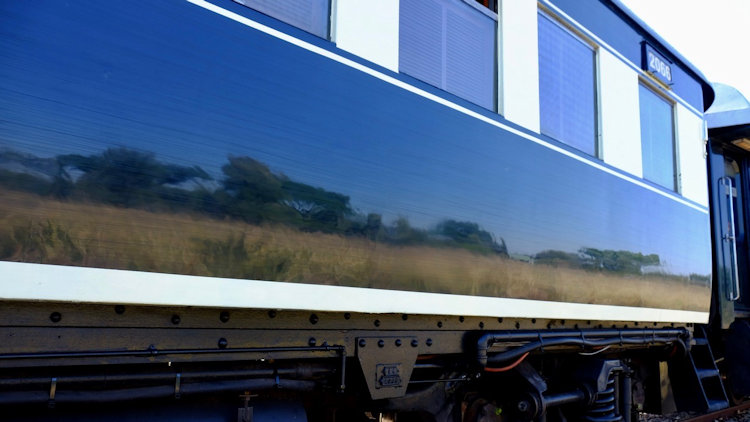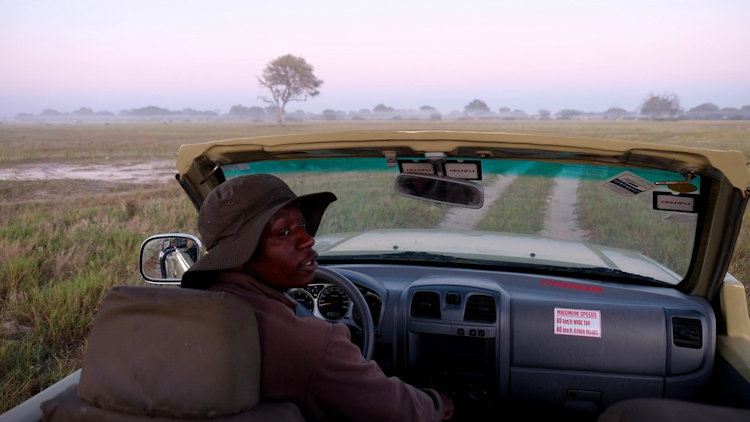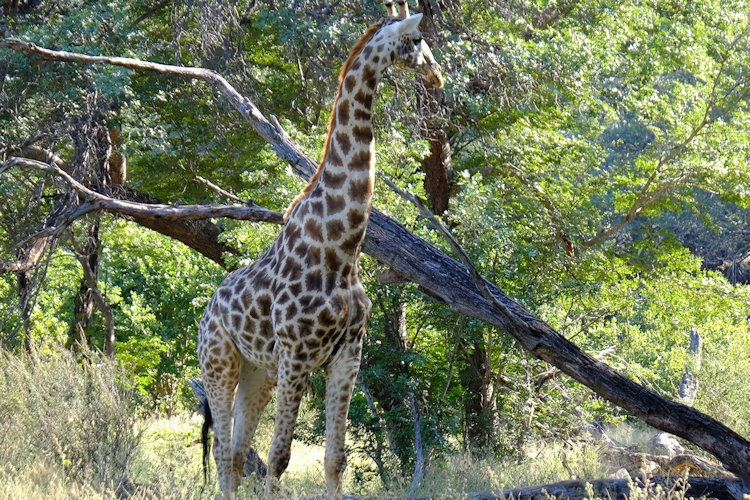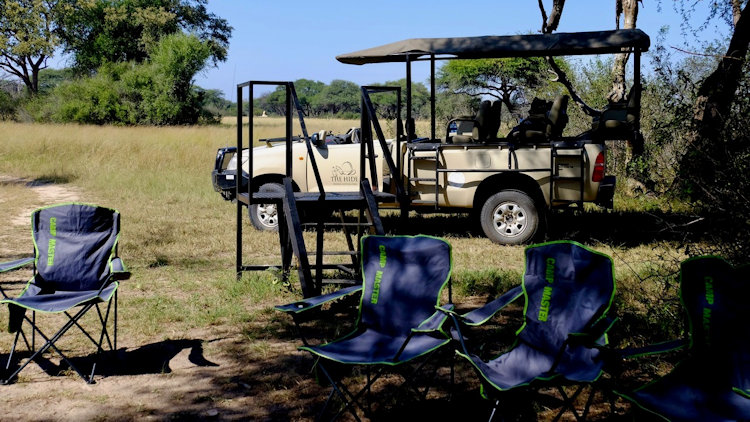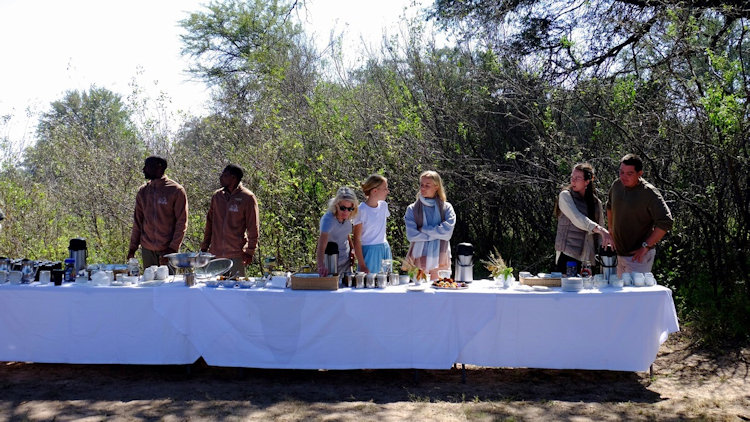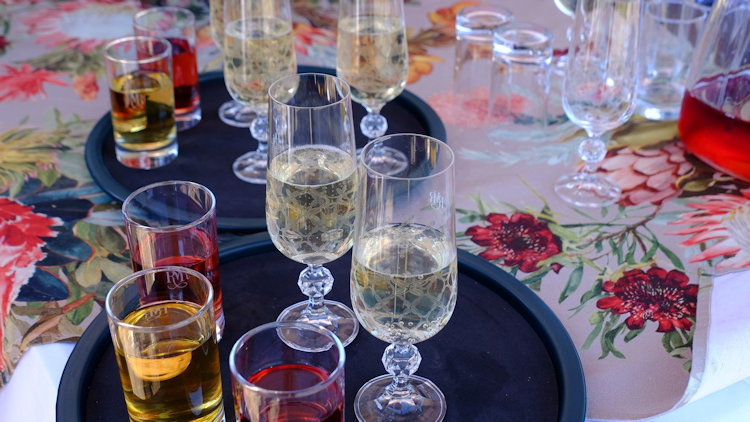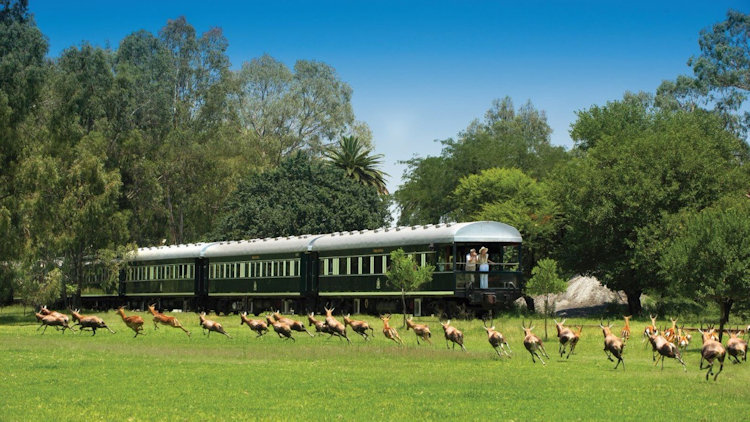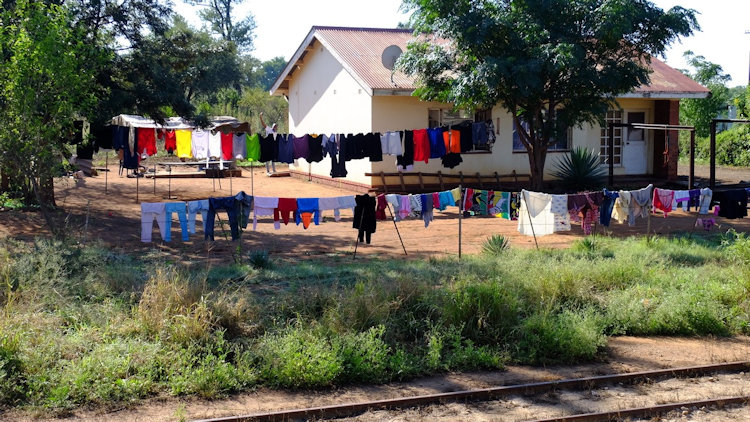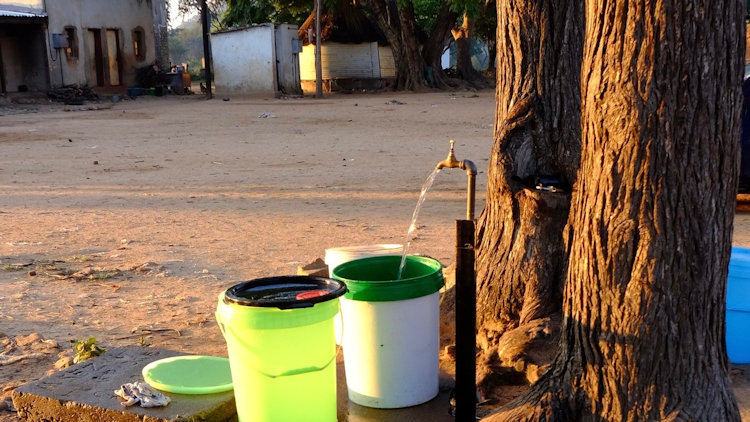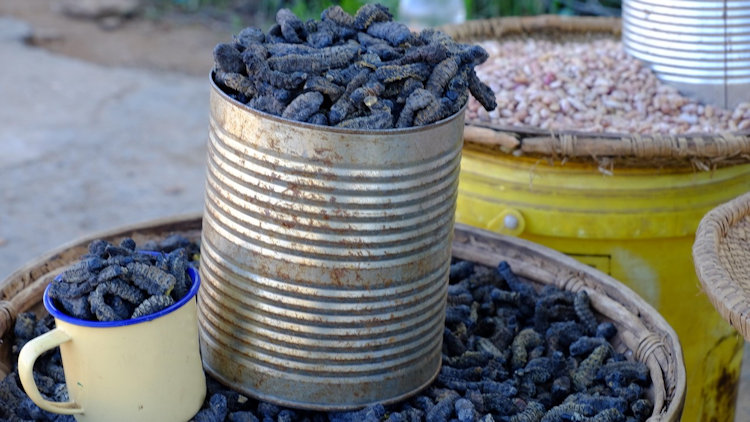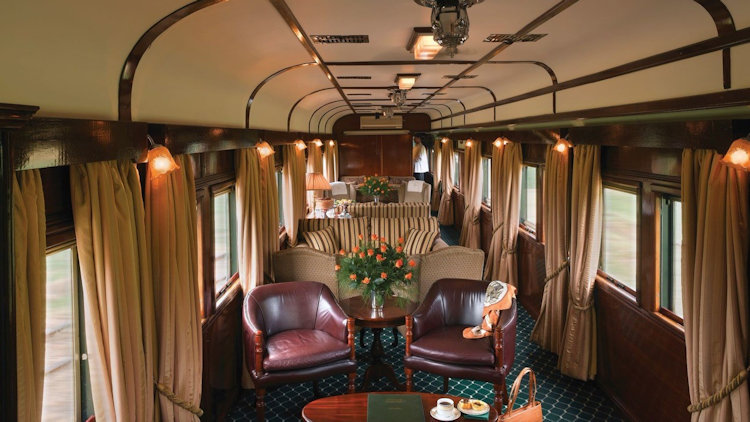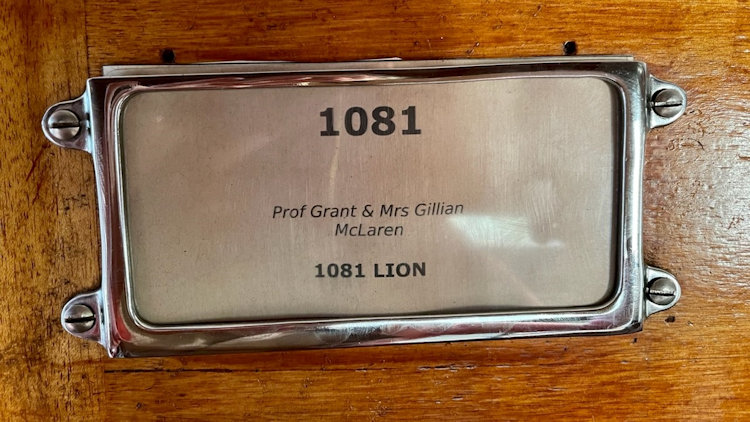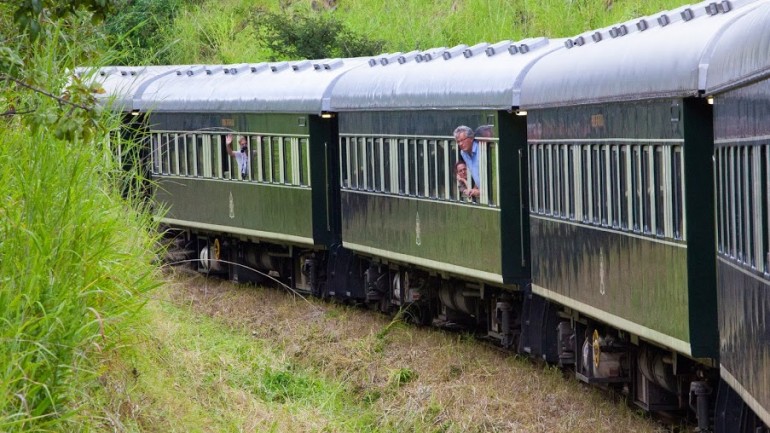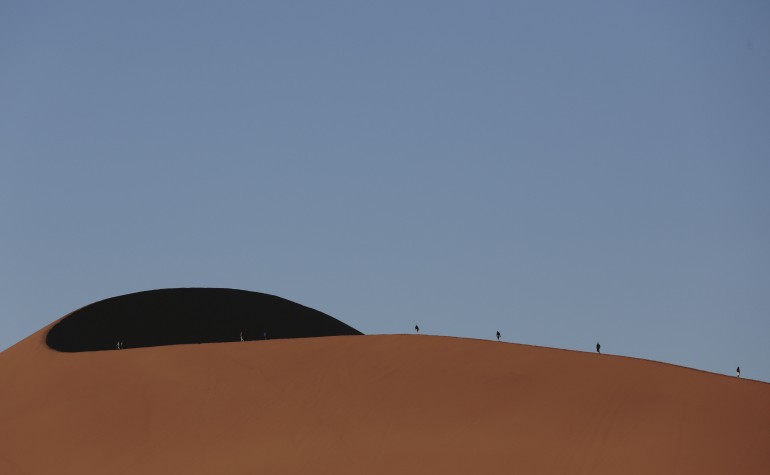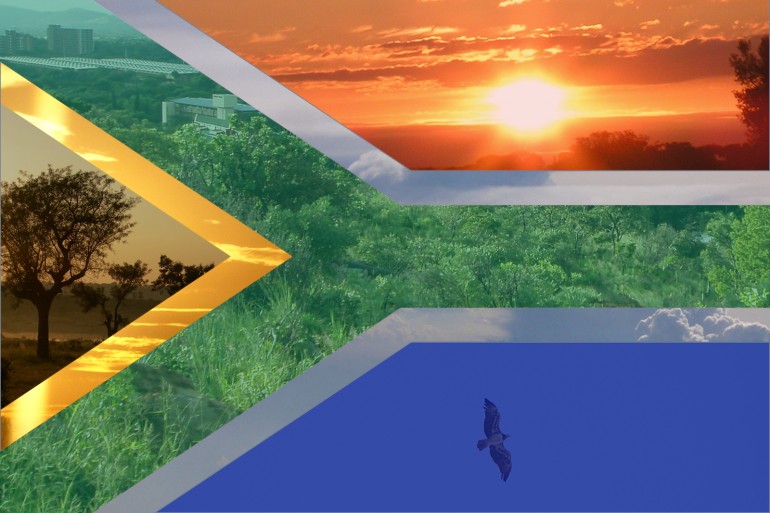Embracing the slow travel trend
If you’re the type of traveller who enjoys the journey as much as the destination and prefers to experience every detail of your trip at a relaxed pace, then “slow travel” might be just the thing for you.
According to the Journal of Travel Research, “Slow tourism is characterized by reducing mobility and by taking time to explore local history and culture, while supporting the environment – the traveller’s main goals are relaxation, self-reflection, escape, novelty seeking, engagement and discovery.”
It’s about more meaningful travel experiences, pausing to reflect, and savouring the journey, rather than rushing to tick off bucket list items. This tends to create a more fulfilling experience, longer lasting memories, and the feeling of being revitalised and refreshed once the trip is over.
With modern life now busier than ever, the constant information overload, packed schedules, and enslavement to technology, travellers are choosing to slow down, escape, relax and reconnect. It’s often quality as opposed to quantity, valuing what’s truly important – real human connection and the beauty of the world that surrounds us.
Slow travel encourages more leisurely modes of transport which is why train travel is becoming increasingly popular. And luxury train travel in particular takes travellers to a bygone era when slow travel was the norm with journeys being as much about the experience as the destination. Rovos Rail offers a genuine experience of slow travel by merging opulence with an unhurried pace, and I recently had the pleasure of experiencing this firsthand on a trip from Victoria Falls to Pretoria. It truly was more than just a journey, it was an indulgent adventure blending the luxury of the train with the thoughtfully planned stops to create authentic local experiences and an insight into the nature, cultures, and history along the route.
Embarking the train at The Victoria Falls Hotel, (as well as the disembarkation at Rovos Rail’s head office Capital Park) was in itself a charming throwback to a bygone era, and stepping onto the train is like stepping into a different world — where time slows down and elegance reigns.
Rovos Rail’s interiors embody the essence of slow travel by offering spaces where relaxation and extravagance are paramount – plush furnishings, polished wood panelling and the ultimate in comfort and attention to detail – it’s not about reaching a destination, but rather about luxuriating in the journey itself.
One of the highlights of the Rovos Rail experience is the exquisite dining. Meals are served in the elegant dining car, which exudes a refined atmosphere with old fashioned décor, cut glassware, beautiful silverware, and freshly starched linen. Mealtimes are not just about eating, it’s the entire experience from dressing up for dinner to savouring each course, and all of one’s senses are fulfilled. The menu highlights the best of Southern African cuisine from tender venison steaks to succulent seafood and freshly baked pastries all paired with fine wines from the region’s top vineyards. Afternoon tea, another cherished ritual, features a variety of teas accompanied by an array of decadent savoury and sweet delicacies.
One of the highlights of luxury train travel is the opportunity for unique connections with fellow travellers which enables one to meet interesting people from around the world. The communal areas, such as the lounge and observation car, are perfect for engaging conversations with other passengers, and the bar after dinner sees guests sharing stories and experiences, and often forging lasting friendships.
The journey from Victoria Falls to Pretoria spans approximately 1600 kilometres meandering through some of Southern Africa’s most stunning scenery. Rovos Rail passengers are fortunate to be able to appreciate the changing landscapes whilst relishing all that the train has to offer and being attended to by the attentive staff who are always on hand to cater to every want or need.
Yet the Rovos Rail journey is not just about the onboard experience, it also includes carefully curated excursions that allow passengers to explore the regions the train passes through. We had the opportunity to disembark and enjoy game viewing in leading Southern African reserves and learn about the local flora and fauna, including close up encounters with the endangered rhino.
Educational forays into the regions rich history are conducted by passionate and knowledgeable raconteurs who hold their audiences captive regaling stories ranging from the culture of the ancient San tribes – Africa’s original inhabitants, to the intriguing life of Cecil John Rhodes.
The journey from Victoria Falls to Pretoria on Rovos Rail was more than just a trip, it was an escape from the treadmill of life and technology, into a world where time moves at a more leisurely pace and every moment is a celebration of elegance and discovery.
Slow travel is not just a trend, it’s a mindset that encourages one to rediscover the joy of the journey – the leisurely pace, true escapism and relaxation, deeper connections, and a more meaningful appreciation of the world around us.
For a travel experience that combines exploration and opulence, Rovos Rail offers an unparalleled slow travel adventure – it’s an invitation to escape the humdrum of normal life, step back in time, revel in the ultimate of luxury, explore beautiful landscapes, and forge genuine connections with fellow travellers.
Written by Linda Sparks




